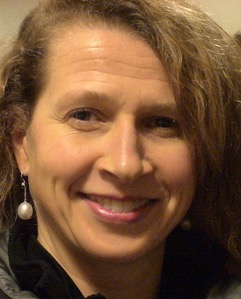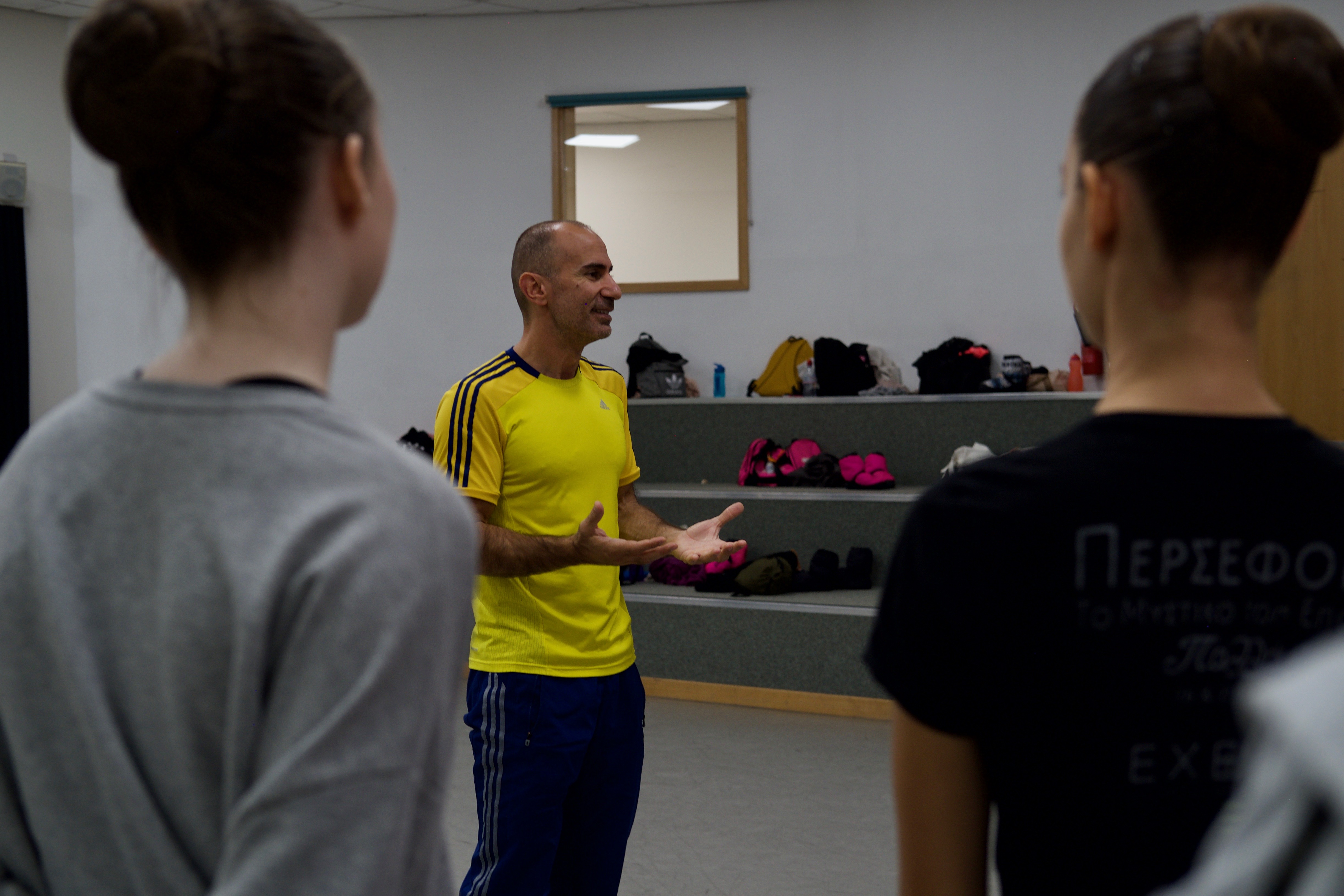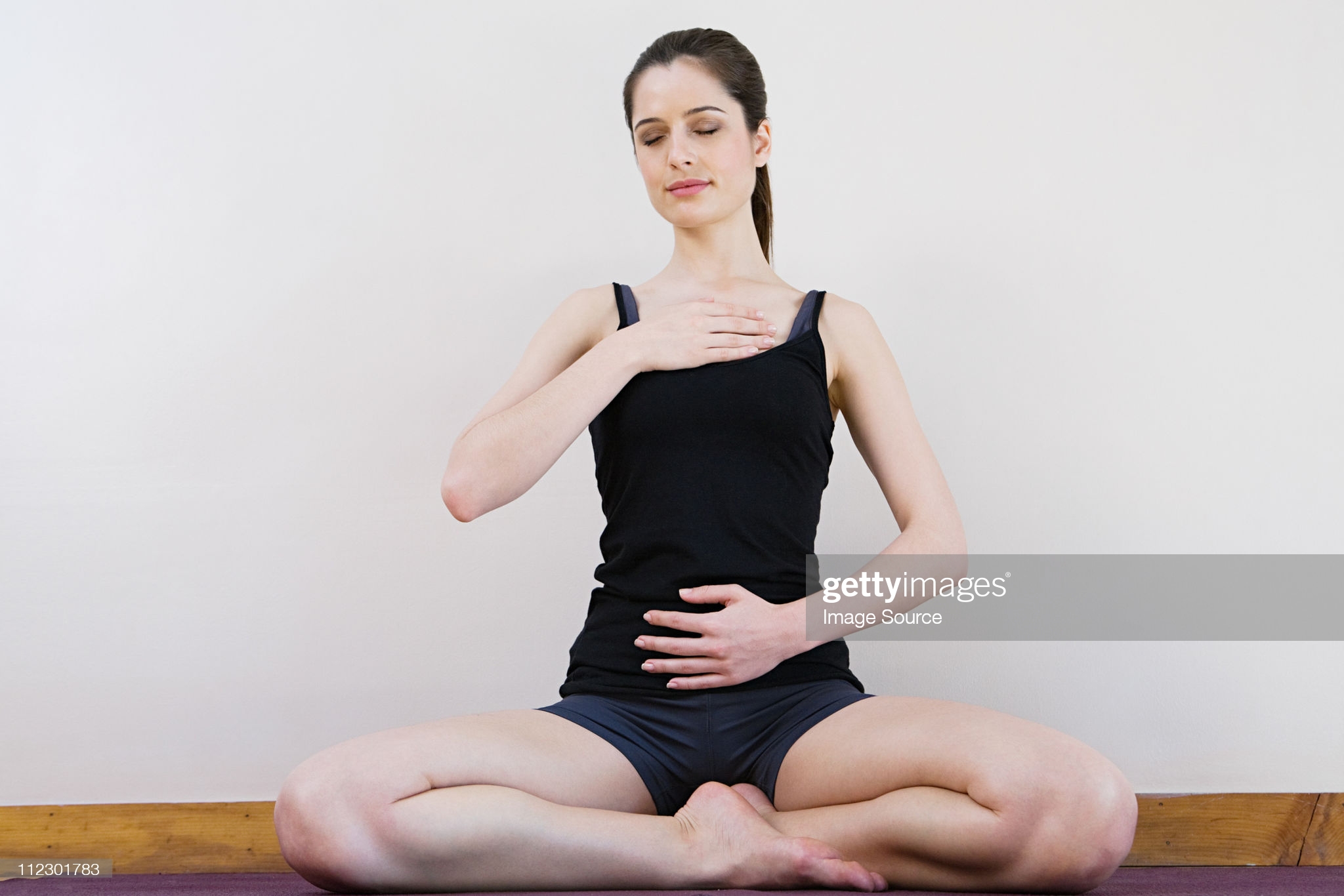Blog
Blog
IADMS 2018 Helsinki: Interview with 'A Day For Teachers' Speaker - Jarmo Ahonen
In dance and sports many teachers and coaches are demanding the same performances of all students. However, most people are a little bit different than the next one. Thus they should be trained more individually according their body types and especially according how they vary in bodies. The presentation gives some insight on these differences and how they could be trained safely.
Read ArticleIADMS 2018 Helsinki: Interview with 'A Day For Teachers' Speaker - Katy Chambers
This session will be focussed on neuromuscular activation patterns…basically what that means is that we will be exploring movement from the perspective of identifying ‘cheat patterns’ and trying out some techniques for undoing these. I think this is exciting and relevant as dancers often hold tension in unwanted areas e.g. neck and shoulders and this can be really challenging to correct just through instruction/cueing alone.
Read ArticleIADMS 2018 Helsinki: Interview with Invited Speaker - Matthew Wyon
In my opinion research is pointless unless it is applied and utilized within the environment it has focused on. The roundtable “Embedding dance medicine and science into teaching and learning” will highlight how this has been done within a variety of scenarios and how science and medicine research can be used to support dance teaching.
Read ArticleIADMS 2018 Helsinki: Interview with 'A Day For Teachers' Speaker - Paula Baird-Colt and Jane Paris
Our presentation theme for the 2018 IADMS conference is to discuss our experiences in working with elite movers, dancers and athletes. We will discuss our combined insights into different training approaches that can be used to enhance movement learning skills. We hope to encourage practitioners in the field of dance to explore the educational tools that they can employ in both elite sport and dance and the research opportunities this may create.
Read ArticleIADMS 2018 Helsinki: Interview with Invited Speaker - Nicky Keay
Dance Endocrinology is the consideration of the interactive networks of hormones that influence both health and dance training and performance. Typically imbalances in hormones can result in subtle changes, which my not be immediately obvious. Equally the cause of any endocrine disruption can be multifactorial. Nevertheless, identifying dancers with endocrine dysfunction is important to prevent adverse effects on health and therefore dance training and performance.
Read ArticleIADMS 2018 Helsinki: Interview with 'A Day For Teachers' Speaker - Nico Kolokythas
...11+ Dance is a protocol with specified progressions and regressions of the exercises depending on the abilities of the dancers, therefore can be replicated. The results indicate some physiological responses and there is also an indication of a decrease in the injury incidence. 11+ Dance, however, needs to be investigated further as the picture is not complete yet. We need longitudinal studies in order to be able to assess the effectiveness of the intervention.
Read ArticleIADMS 2018 Helsinki: Interview with Invited Speaker - Carolina Baeza
My presentation will focus on psychological/psychiatric aspects associated to joint hypermobility and hypermobility related disorders.
Read ArticleIADMS 2018 Helsinki: Interview with Invited Speaker - Fay Nenander
Within the framework of the ‘Macro-perspectives on dance teaching’ my theme – the importance of mental training and life-style skills – will hopefully help to illuminate the significance of giving the student dancer the necessary skills for acquisition of the “mind-set” needed by a successful professional dancer. This includes both mental training and life-style skills. However, I shall emphasize that this is not just important for the student dancer, but for all dancers.
Read ArticleBreath: A Back-To-School Basic
Author: Jennifer Deckert on behalf of the IADMS Dance Educators' Committee
.. During this time of re-acclimation, particularly at Wyoming altitude, I often spend several classes re-connecting to the breath in order to provide a much needed ‘reset’ and reminder of the role of breathing in our dance practice. Breath is the only controllable aspect of our autonomic nervous system which includes the sympathetic or “fight or flight” and the parasympathetic or “rest-and-digest”. Breath awareness provides the ability to move between these two states in a balanced and effective manner, allowing the dancer to be powerful and relaxed, strong and steady, connected and focused.
Read ArticleIADMS 2018 Helsinki: Interview with Invited Speaker - Jari Salo
My presentation “Imaging the dancer” on Saturday introduces a cutting edge imaging technology for accurate diagnostics of knee / foot and ankle area. Cone beam CT (CBCT) imaging is the first 3D technology with ultra high 0,2mm isotropic resolution, and with a possibility to have imaging done under real weight bearing. With intra-articular contrast media, virtual arthroscopy and proper imaging of even thin cartilage layers of knee or TC-joint is possible.
Read Article









 BACK
BACK